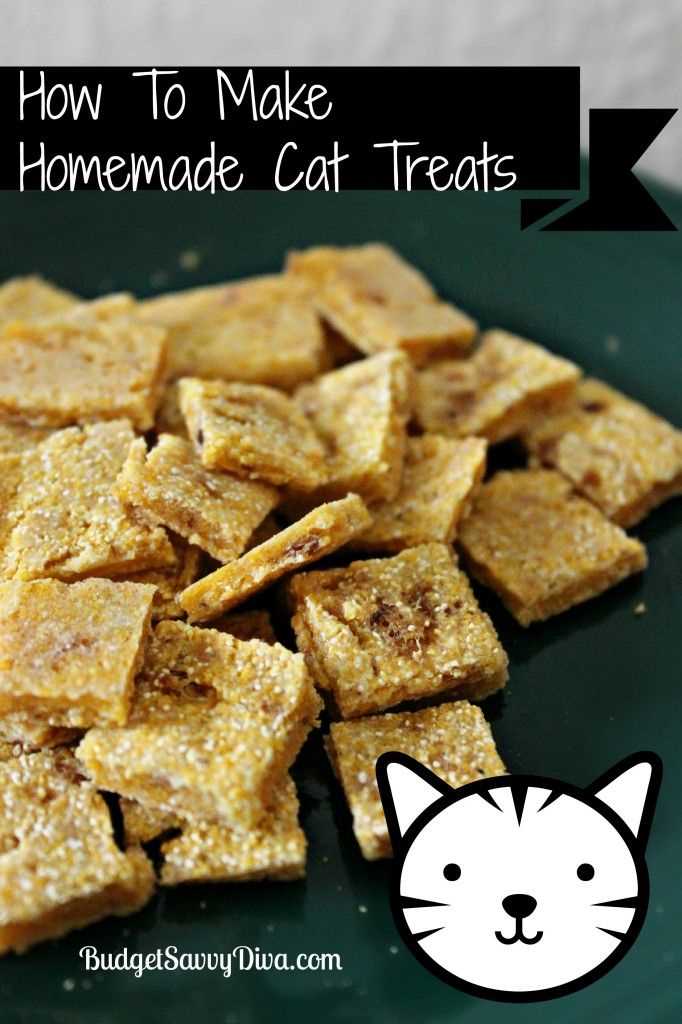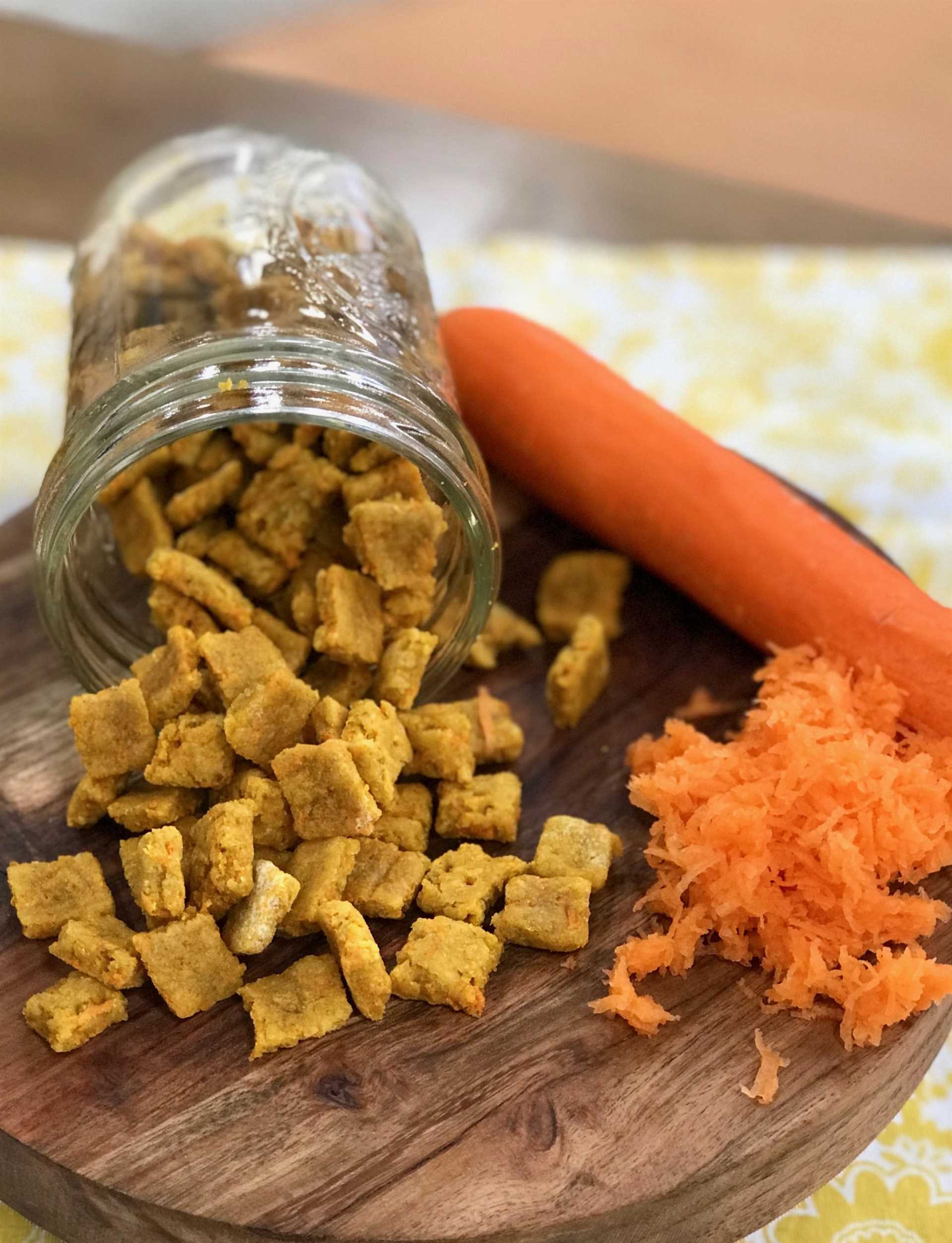Crafting delightful morsels for my furry companions is a simple yet rewarding experience. Combining wholesome ingredients like chicken, fish, or pumpkin creates flavors that are hard to resist. Choose lean meats, ensuring they are cooked thoroughly and shredded for easy chewing.
Incorporating healthy fats, such as fish oil or coconut oil, enhances taste and contributes to a shiny coat. A dash of catnip can elevate the excitement, turning any creation into a feline favorite. Mixing these elements with a binding agent like whole wheat flour or oats guarantees the perfect consistency for shaping.
Experimenting with different flavors keeps snack time interesting. Adding pureed vegetables or cheese introduces new textures and tastes, catering to varied preferences. Baking until golden makes these goodies crunchy and delightful, just the way every discerning cat likes them.
Creating Delicious Snacks for Felines
Choose quality ingredients like chicken, tuna, or salmon for those irresistible bites. Fresh meat, without additives, ensures a tasty reward. Incorporate a binding agent such as whole wheat flour or oat flour to hold everything together. If gluten-free is preferred, almond flour works wonders.
Mixing and Shaping
Blend the chosen protein with the binding agent and a splash of water or broth to achieve a dough-like consistency. Roll into small balls or flatten into shapes using cookie cutters. Keep them bite-sized for easy munching.
Baking Process

Preheat the oven to 350°F (175°C). Place the shaped goodies on a lined baking sheet. Bake for 15-20 minutes until they turn golden. Allow cooling completely before serving. Store in an airtight container to maintain freshness.
Choosing the Right Ingredients for Treats
Opt for high-quality proteins like chicken, turkey, or fish. These sources provide essential amino acids that support muscle health and overall well-being. Avoid any by-products or fillers in the ingredient list.
Healthy Additives
Incorporate cat-friendly vegetables such as pumpkin or sweet potato. These not only add fiber but also promote healthy digestion. Additionally, consider using catnip or parsley for flavor enhancement and appealing aromas.
Grain Options
If opting for grains, select easily digestible options like rice or oats. Many felines thrive on grain-free recipes, so ensure that any carbohydrates included are suitable for a feline diet.
Step-by-Step Guide to Baking Cat Treats
Gather all necessary materials: a mixing bowl, rolling pin, and cookie cutters. Prepare the workspace by cleaning the surface and ensuring all utensils are ready.
Ingredients Preparation
Begin with the dry components: flour, oatmeal, or any preferred grain. Measure out the amounts required for the specific recipe. Next, focus on wet components: chicken broth or pumpkin puree can be used. Combine these elements in the mixing bowl until a dough forms.
Baking Process
Roll out the dough to a thickness of about 1/4 inch. Use cookie cutters to create fun shapes. Place the formed pieces onto a baking sheet lined with parchment paper. Preheat the oven to 350°F (175°C) and bake for 15-20 minutes or until golden brown. Allow the snacks to cool completely before offering them to your furry friend.
| Step | Description |
|---|---|
| 1 | Gather materials and ingredients. |
| 2 | Mix dry and wet components to form dough. |
| 3 | Roll out dough and cut into shapes. |
| 4 | Bake at 350°F for 15-20 minutes. |
| 5 | Cool before serving. |
Storing Treats for Freshness
For optimal freshness, store those delightful snacks in an airtight container. Glass or plastic containers with tight-fitting lids work best, keeping moisture and air at bay. Label the container with the date of preparation to track freshness.
Refrigeration and Freezing

If a batch exceeds a week, refrigeration is advisable. Chilling slows spoilage. For long-term storage, freezing is an excellent option. Place the treats in a freezer-safe bag or container, ensuring to remove as much air as possible before sealing. Thaw only what’s needed to maintain quality.
Checking Freshness
Regularly check for any signs of spoilage, such as off smells or mold. If something seems off, it’s safer to discard than risk health. Keep in mind that treats made with perishable ingredients like meat or dairy will have a shorter shelf life compared to those with shelf-stable components.
And if ever in need of additional help for stress management, consider exploring the best cbd for cats stress. This can enhance the overall well-being while enjoying tasty snacks.
Remember, maintaining freshness not only preserves flavor but ensures the health benefits remain intact. Enjoy those yummy bites while they last!
Healthy Alternatives to Common Treat Ingredients
Switching up ingredients enhances flavor and nutrition. Here are some alternatives that keep snacks tasty and beneficial.
- Chicken Meal: Opt for turkey or duck for variety. Both provide lean protein and are often more digestible.
- Wheat Flour: Replace with oat flour or chickpea flour. These options are gluten-free and rich in fiber.
- Artificial Flavors: Use pureed pumpkin or sweet potato for natural sweetness and added vitamins.
- Cheddar Cheese: Swap in low-fat cottage cheese or plain Greek yogurt. Both boost protein without excess fat.
- Salt: Instead of salt, use herbs like catnip or parsley. They add flavor and are safe for felines.
Experimenting with these substitutes not only keeps things interesting but also contributes to better health. Each option promotes well-being while satisfying taste buds.
Customizing Recipes for Your Cat’s Preferences
Experimenting with flavors can lead to delightful surprises. Each feline has unique tastes, so tailoring recipes helps ensure enjoyment. Here are some tips to cater to your furry friend’s palate:
Understanding Flavor Preferences
- Observe reactions to various ingredients. Some may prefer chicken or turkey, while others lean towards fish.
- Incorporate loved ingredients in small amounts to test reactions. Notice if your furry friend shows excitement or disinterest.
Adjusting Textures
- Change the consistency by varying ingredient ratios. A mix of soft and crunchy elements can be appealing.
- Experiment with baking times. Shorter baking can yield softer snacks, while longer periods create crunchier options.
Rotating flavor profiles keeps things interesting. Regularly introduce new components while retaining familiar favorites. This balance can help maintain enthusiasm for snack time.
Consult with a vet about introducing any unfamiliar ingredients, especially if dietary restrictions exist. Personalizing these delightful morsels enhances the bond and brings joy to mealtime!






